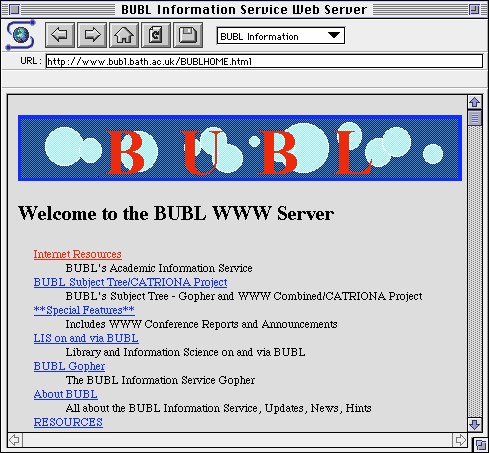A Brief History of Microprogramming
Summary: Microprogramming is a technique to implement the control logic necessary to execute instructions within a processor. It is based on the general idea of fetching low-level microinstructions from a control store and deriving the appropriate control signals to be active for a single clock cycle, as well as microprogram sequencing information, from each microinstruction. Although hybrid techniques are now common, microprogramming is generally contrasted with hardwired implementation techniques.
Although loose usage has sometimes equated the term "microprogramming" with the idea of "programming a microcomputer", this is not the standard definition. Rather, microprogramming is a systematic technique for implementing the control logic of a computer's central processing unit. It is a form of stored-program logic that substitutes for hardwired control circuitry.
The central processing unit in a computer system is composed of a data path and a control unit. The data path includes registers, function units such as shifters and ALUs (arithmetic and logic units), internal processor busses and paths, and interface units for main memory and I/O busses. The control unit governs the series of steps taken by the data path during the execution of a user-visible instruction, or macroinstruction (e.g., load, add, store).























